Being the most popular city park in Japan, Ueno Park hosts over 10 million visitors from all over the world per year. It’s also recognized as the busiest cherry blossom spot in Tokyo. The park is known to be the home of many tourist attractions, such as a zoo, a large pond, museums, temples, shrines, restaurants and cafes, and many other points of interest.
Some links on this page are affiliate links. We may earn a commission if you make a purchase, at no additional cost to you.
Established in 1873, Ueno Park is a massive public park located next to Ueno Station in Taitō, Tokyo, Japan. The park holds great cultural and historical significance as it was built on land formerly belonging to the Kan’ei-ji Temple, one of the city’s most momentous and wealthiest temples. It was also the family temple of the Tokugawa clan, which was the ruling family in the Edo Period. It’s also the place where the troops of the last shogun made their final stand.
Famous Zoo and Iconic Pond
Ueno Zoo
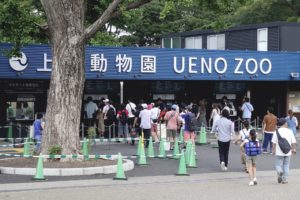
Ueno Zoological Garden is the oldest zoo in Japan. It was established in 1882 and has grown over the years to become the forerunner zoo in Japan. Not only does this provide recreation, but it’s also responsible for a great deal of public education and wildlife conservation. Additionally, Ueno Zoo is involved in breeding endangered species and has recently completed the “Tiger Forests” and “Gorilla Woods”. The animals in the zoo are displayed in their natural habitats in a very spectacular way.
Ueno Shinobazu Pond
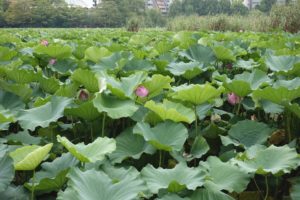
The Shinobazu Pond really has three parts. The Lotus Pond, which in summer is completely covered in lotus plants, the Boat Pond, where you can rent small boats, and the Cormorant Pond, a part of the zoo, where you’ll find numerous Cormorant birds.
Trip Planning Tips
Airfare deals – find your best deal.
Lodging deals – from capsules to luxury stays.
Guided Tours – customized or pre-made.
Travel Insurance – just in case.
SIMs/eSIMS – data or voice, text, & data. 25% off long-term voice, text, and data
The Benton-Do Temple sits on Benton Island in the center of all three ponds.
Museums
Tokyo National Museum
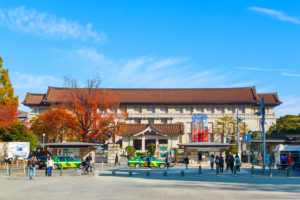
Established in 1872, the Tokyo National Museum is Japan’s oldest Japanese national museum and the largest museum of art. It’s also worth noting that the Tokyo National Museum is one of the largest museums in the world. If you want to see some of Japan’s national treasures and a vast collection of cultural and archaeological items, you must pay this museum a visit.
National Museum Of Western Art
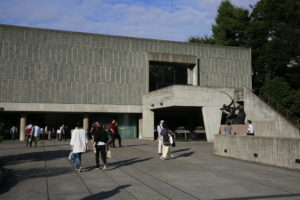
The National Museum of Western Art is housed in a building that was designed by the famous French architect Le Corbusier. It’s home to notable European art, spanning from medieval icon art to incredible contemporary modern art. The museum boasts some amazing Rodin sculptures and an Impressionist artwork collection by Claude Monet. If you’re in Ueno Park and long for some western art, this is the place to go.
Tokyo Metropolitan Art Museum
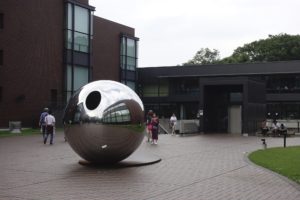
Present in Ueno Park since 1926, the Tokyo Metropolitan Art Museum features six galleries and a regularly changing array of art genres. Expect to see paintings, ceramics, sculptures, and calligraphy work that showcase the efforts of contemporary Japanese and overseas artists. Some of the recent exhibitions in this museum featured the art of El Greco and Leonardo da Vinci. There’s no permanent art collection, and you should expect to pay for some exhibitions.
National Museum of Nature and Science
If you’re passionate about the history of nature and science, the National Science Museum is a highly recommended place to visit—there are a wide variety of mounted animals and plenty of interactive, hands-on experiments that you can try out.
Shitamachi Museum
The Shitamachi Museum is located on the shores of the Shinobazu Pond inside Ueno Park. The museum is dedicated to Tokyo’s Shitamachi region and its traditional culture. The museum’s second floor houses an incredible collection of exhibits, including photos, dolls, toys, card games, board games, and even kitchen utensils. You can also find exhibits relating to festivals and various Japanese events. A great place to visit if you want to experience the culture of Old Tokyo.
Temples
Ueno Kaneiji Temple
As we mentioned in the introduction, the Kan’ei-ji Temple was once one of the wealthiest temples in Tokyo, and it housed the ruling Tokugawa clan. However, the temple was destroyed in the Boshin War. While it doesn’t hold the same status it held back in the day, this temple is still a place that’s worth visiting for its historical value.
Bentendo Temple
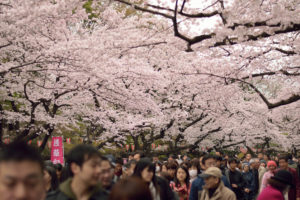
This Buddhist temple is dedicated to Benzaiten or Benten, the goddess of happiness, wealth, wisdom, and music. The Bentendo Temple is located on a small island in Shinobazu Pond. During the cherry blossom season, this temple becomes busy with tourists, locals, and plenty of tasty food stalls.
Kiyomizu Kannon Do Temple
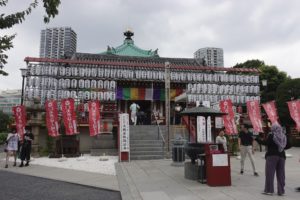
This is one of the oldest surviving temples in the entirety of Japan, and it’s also one of the most frequently visited temples in Ueno Park. The temple is dedicated to Kosodate Kannon and Senju-Kannon Bosatsu. Kosodate Kannon is the protectress of child-bearing and child-raising. That’s why you’ll likely find women who wish to conceive, leaving a doll there for the goddess. This is truly a breathtaking place to be in and to see Japanese people’s relationship with their deities—an absolute favorite for many visitors.
Ueno Toshogu Shrine
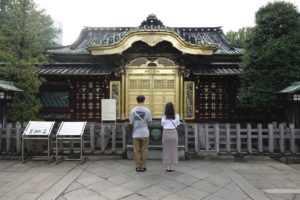
Established in 1627 by Tōdō Takatora and then renovated by Tokugawa Iemitsu in 1651, the Ueno Toshogu Shrine is a prime example of the Shinto style of architecture that distinguishes the Edo period. It’s also one of the very few Edo-era buildings that survived the devastation of many earthquakes and wars that took place in Japan. This golden shrine was dedicated to Tokugawa Ieyasu, founder of the Tokugawa Shogunate. Sadly, it’s one of the most underrated spots in Tokyo.
Where to Eat
Across from The National Museum of Western Art is the Cafe Hibiki in the Tokyo Metropolitan Festival Hall. Walking from there towards the park’s center, you’ll find EVERYONE’s CAFE. Across the way, you can find a Starbucks.
How to get to Ueno Park
There is a major train station on the east side of the park aptly named Ueno Station. Look for “Park Exit” signs for the best access to the park.
If you happen to be in the Yanaka neighborhood or near Nappori Station, walking south to Ueno Park is not far.
If you have any suggestions for Ueno Park, please comment below.

Leave a Reply